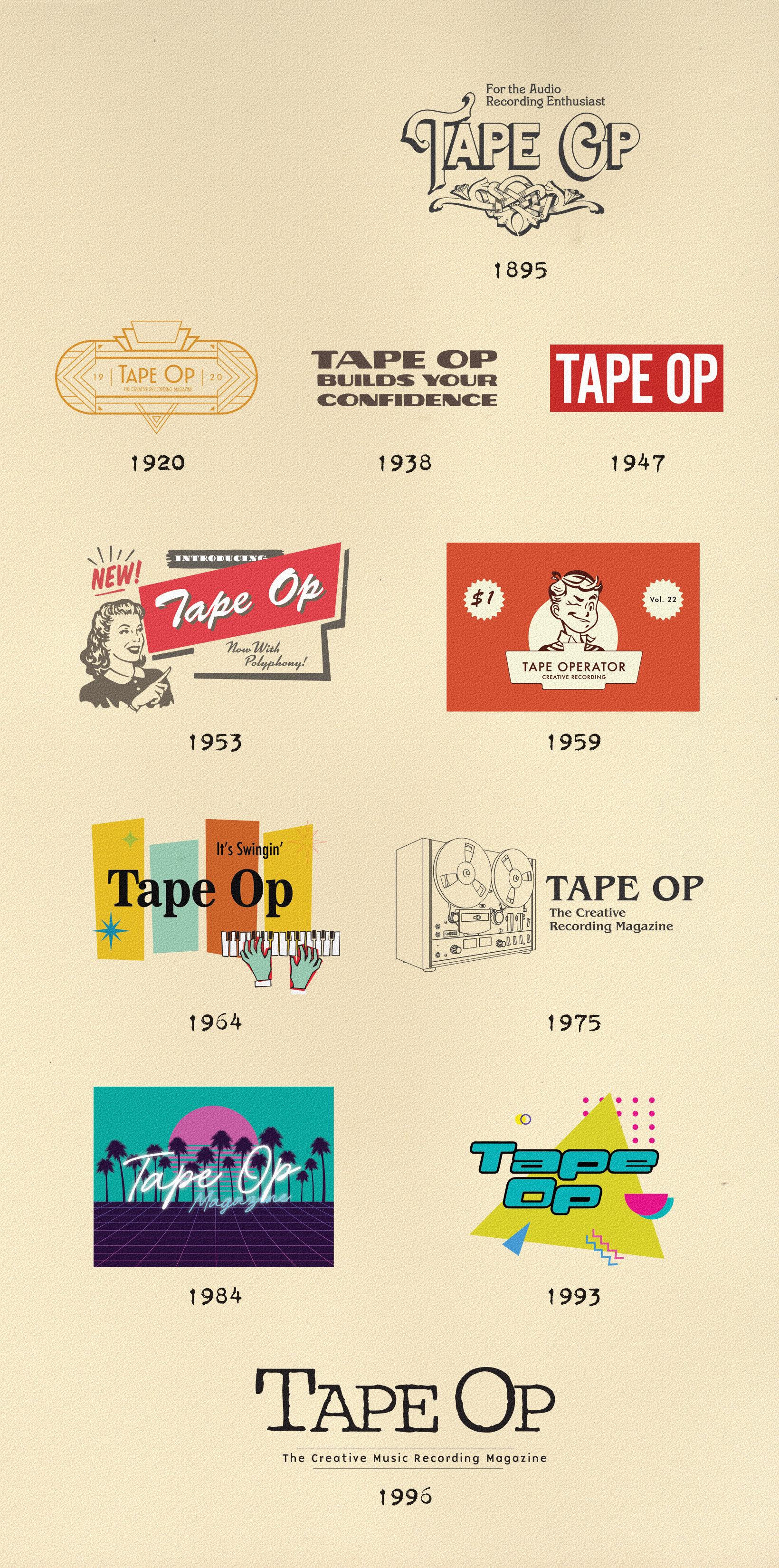We live in a time where ADC conversion is quite good. I remember when our studio was first getting into digital recording, the sonic differences between analog to digital/digital to analog converters were extremely noticeable. We did listening tests on various units and found huge differences – even between devices from the same manufacturer. One popular unit even sounded like somebody threw a blanket over our monitors. After a lot of listening, we ended up with a boutique set from a Swiss manufacturer (who seems to have since disappeared from pro audio) that lasted a few years before it stopped working. Those days are thankfully behind us. I’ve used converters and interfaces from just about every well-known manufacturer at this point and have made records with all of them that sound really good. We’re blessed with a plethora of choices, and you can shop mainly for the features you need and know that the sound of the conversion will likely be fine.
But let’s talk about Focusrite and the compact fourth generation Scarlett 4i4 USB 2.0 Type-C interface. We’ve reviewed the Focusrite Scarlett 2i4 interface in the past [Tape Op #115], and I used a large Focusrite rig for recording the 50th anniversary of the Monterey International Pop Festival [#120], so I won’t go into a lot of impressionistic detail on the Scarlett 4i4, but instead I'll relay some features and usage notes. I’ve owned a Scarlett Solo for five years or so, and I loan it out quite a bit to artists I’m working with for when they need to record tracks themselves at home. The artist’s recorded tracks then get imported back into the sessions we’re working on, and in every instance they sound totally fine. I’ve even edited in parts of a lead vocal recorded with the Scarlett into a track recorded with my studio's preamps and converters, and the edit was unnoticeable. We had SASAMI [#157] at Panoramic recently working on her upcoming album, and she preferred to use her Scarlett Solo instead of our in-house converters as she was used to working with her Focusrite. Here’s what she has to say about the Solo: “The older I get the less dogmatic I get about gear and the more precious I become about time. When an idea comes to me, I want to be ready to catch it like a rare and special fish. The Scarlett Solo is perfect for writing on tour or quickly plugging in at a friend's house or my kitchen when a new melody swims into my consciousness. I don’t need to download drivers or be online – the more advanced technology gets the more barriers there are against quickly plugging in and putting down ideas. For someone like me who is always on the move, I love having a small, simple piece of gear that facilitates those fleeting moments of creativity instead of getting in my way.”
To echo SASAMI, one thing I appreciate about Scarlett interfaces is how easy they are to set up; this is a big plus when working on remote gigs or loaning an interface to an artist, as they are class compliant (no drivers to download or install). The feature set on the 4i4 is substantial, especially factoring in its $279 price tag. There are four inputs (two with mic pres, connected via Neutrik combo jacks that accept line or hi-Z inputs, and feature Focusrite’s Air option) and four outputs, plus a headphone jack and monitor control. This is a huge bump up in connectivity over the two-channel Scarletts. I can’t count the times I’ve lugged an 8 or 16-channel interface to a remote gig because I needed only three input channels: One for vocal and two for a stereo pair or two instruments. Stereo piano, vocal, and room mic? No problem! The four outputs also allow for external analog processing away from the studio. I often take sessions home to experiment with by running tracks through my Eventide H3000 or modular Eurorack rig away from the time constraints and client pressure of the studio. The 4i4 also has MIDI I/O, so I can also play around with synth tracks and sounds outside of the control room. Lastly, the 4i4 has two handy features that can be helpful when the interface is used by clients who might not have a lot of recording experience: Auto and Safe buttons activate special input modes, with Auto Gain automatically setting input levels and Clip Safe making sure levels don’t clip. Though the interface is USB-C bus-powered, it ships with a wall wart for older USB-A-based computers. I have only one minor quibble about the 4i4: It only has one headphone output – it would be nice to have two. But at this price point, I will only barely complain. It’s easy enough to hook up a splitter for the headphones. Heck, for less than $500, you could buy a 4i4 and a Scarlett Solo (which is $139 and also bus-powered) and have a set of portable mix-and-match interfaces for use at home or on location. I would highly recommend these interfaces for a variety of applications, but they work especially well as on-the-go recording devices. And if you’re just getting started with recording, the included software package features a nice plug-in suite and Ableton Live Lite, my DAW of choice.




_disp_horizontal_bw.jpg)